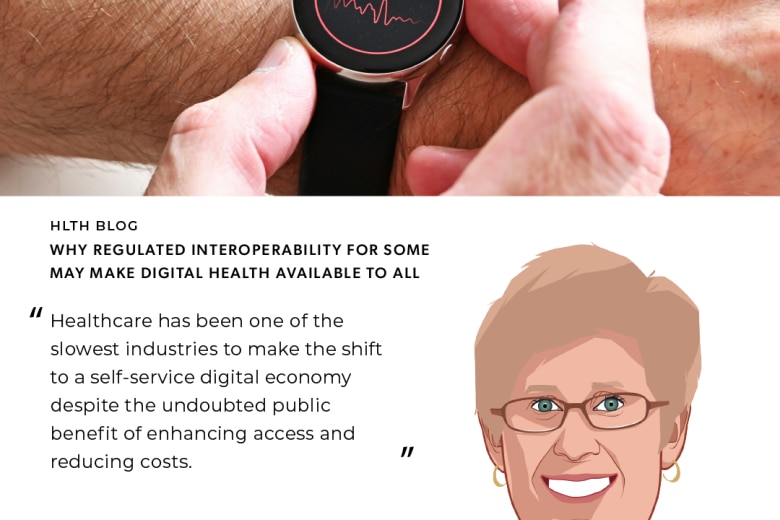Although my current practice is no longer direct clinical care – I work for a healthcare-related technology company – I remember what it’s like wear a practicing clinician’s shoes.
I wore them for 25 years as an emergency department physician, a role that would lead me here to InterSystems, where I help to develop better ways to manage and share health information. I know that getting the right information to physicians when and where they need it has the potential to save lives.
While it’s true that we’ve gone from incomplete paper records to electronic health records (EHRs), one problem that has resulted is too much irrelevant information. Many EHRs have too much clutter, and physicians don’t have time to pull out the relevant information. Working with very capable partners, we at InterSystems are creating a variety of solutions that help to put information from the EHR into a clinically relevant context.
One example is by creating consolidated views of clinical data across disparate sources, available in the clinician’s workflow –in the “native” EHR. Leveraging our partner’s ontology capabilities, the “clinigraphic” puts disease-specific information in a single, concise graphical view. For example, a physician could select the clinigraphic for congestive heart failure and see graphical representations of the patient’s weight, BNP, and ejection fraction, along with relevant medications and comorbid disease conditions. The data is drawn from many sources and includes discrete information that is extracted from free-text documents, such as radiology reports.
Alerts are another way to draw a physician’s attention to relevant information. One of InterSystems information exchange clients, which is the largest health information exchange in the United States, is using predictive risk models that leverage machine learning analytics from another one of our partners to calculate a patient’s risk for issues like inpatient admission, emergency visits and the development of diabetes. This application considers the local population and can send specific risk information directly to the patient’s record, allowing clinicians to see high-risk areas that are highlighted in red at the time of a visit. Through this capability, population health can be impacted at the moment it matters most.
That same HIE sends also about half a million clinical event notifications every month. As one example, a primary care physician receives an alert when a patient visits the emergency department or has an acute hospital admission. The HIE reports that the alerts are particularly useful for patients with complex conditions. For example, after receiving an alert, a primary care physician could contact the emergency department while the patient is there to offer additional insight.
Clinical inferences are another way technology can help physicians at the point of care, in this case by inferring from data in the record that the patient has an undiagnosed or undocumented condition. For example, say a patient has reported leg swelling to one doctor, shortness of breath to a resident at an outpatient clinic a week later and recently was noted in an echocardiogram to have decreased cardiac ejection output (low ejection fraction). The clinical inference engine can suggest to the physician that a diagnosis of congestive heart failure may be in order.
If you ask physicians what information they need on their patients, they will say, “I need it all.” But when that information is delivered without organization, relevance, context and added value (“knowledge”), it can quickly become overwhelming. What physicians need is quick access to relevant information at the point of care, and this new generation of applications represents exciting new ways to deliver exactly that.




































